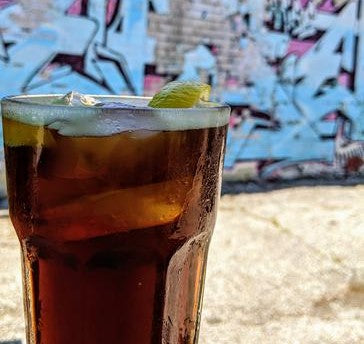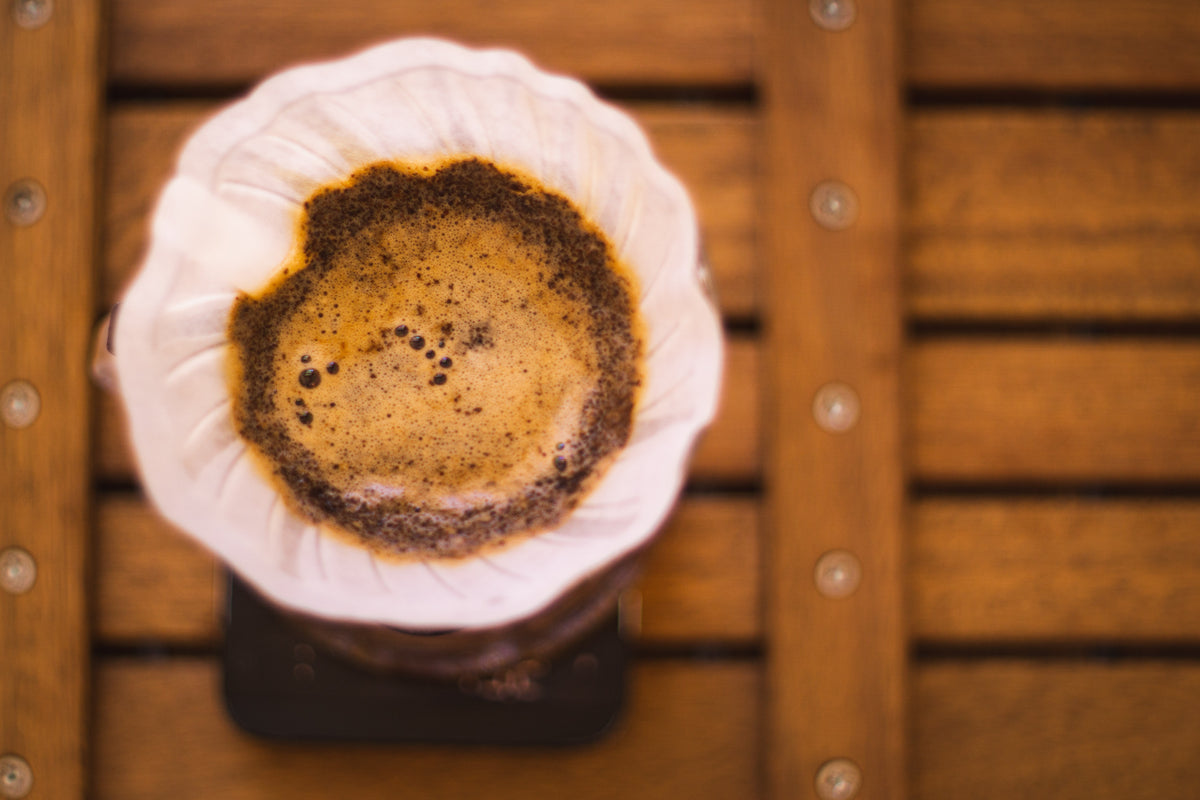Outpost At Home - French Press

Written by Allana Kennedy, Roaster at Outpost Coffee Roasters
The French press has a bad reputation in the brewing world as being bitter and muddy but it is one of the easiest ways to brew at home as it requires little equipment and is perfect for one or more cups of coffee. The history of the French press is a good ol’ fashioned tug of war with France and Italy both claiming to have designed the French press. It was originally patented in Italy in 1929, but it appears that the French ultimately came away victorious in the naming of this brewing method. While it's known as the French press here in North America, in New Zealand and Australia it's known as a Coffee Plunger and in France is known as the Cafetière.
The French press is a full immersion brewing device, which means that the ground coffee is fully saturated by hot water for the duration of the brewing process. This method of brewing at home creates a bold cup of coffee with a heavy body. Unfortunately, most people make a few errors with the French press. We are going to give you some pro tips so you can enhance and improve your French press method.
KEY VARIABLES TO CONSIDER
Dark roast vs Light roast
To get the most out of this method of brewing you will want a medium to dark roast, as you get more of the full body and rich flavour. With light roasts you get more of the fruity flavours and a more delicate coffee, but they tend to stand out more in either a Hario V60 or Chemex. When choosing a bag of coffee for the French press you will want to look for flavour notes with nuts or chocolate, or dark sugars like molasses, toffee or malt.
Brewing time
Something important to note is that the caffeine content in a cup of coffee is determined by the amount of time coffee is in contact with water. The more time they interact, the more extraction you get. An average espresso extracts for between 25-40 seconds and your average French press should brew for 4 minutes. This means that your French press has a significantly higher caffeine content than that of an espresso! Brewing for four minutes has been tested as the sweet spot for French press.
You can tweak the recipe below for something that provides more or less caffeine but you run the risk of weakening your coffee, or over extracting the bitter notes. If you use a lighter roast or you use a shorter brewing time you may not be getting the best results and may want to switch your method to a V60 or Chemex.
Water Temperature
The recommended temperature for brewing coffee from the SCA (Specialty Coffee Association) is between 90-96 degrees Celsius (195-205 F). The hotter the water the faster the extraction, so generally we brew with water under boiling temperatures. If you are using a darker roast you may want to have a lower temperature to avoid over extracting and bitterness. If you have a lighter roast you will want hotter water to speed up extraction.
Grind Size
The French press method of brewing is a slower method of extraction therefore we want less surface exposure from our ground coffee (ie. bigger pieces of coffee for slower extraction). The preferable grind size should be coarse, like bread crumbs or rock salt. If you grind too fine for this method you will get some residual grinds and some muddiness in the bottom of your cup.

Grinding Fresh vs Pre-ground coffee
At Outpost we roast frequently and in small batches as we want to have the freshest beans available. Unfortunately, unlike wine, coffee does not age well and flavour degrades overtime. After roasting there is a degassing process which takes up to 8 days and you may notice that if you drink coffee before it has off-gassed it maybe a little grassy in flavour or more delicate. The industry standard is to use roasted coffee within two to three weeks after buying and once they are ground they are to be used within a week. We recommend grinding as needed otherwise you speed up the oxidation process.
Coffee to Water Ratio
To work out the ratio of coffee to water for home immersion and infusion brewing the recommended starting ratio is between 1:15 and 1:18. The 1:15, 1gm coffee to 15gm water is generally seen as a good starting point for home brewing and this is the ratio we will use for our French press recipe. If you find the brew too bold you can change the ratio to have more water, 1:17.
The French press is very forgiving method of brewing if you don't have scales, unlike many other ways to brew at home. However, if you want a reliable French press you will find it inconsistent using a tablespoon to measure your ground coffee. Each coffee bean is different in its denseness even when ground. For your water weight if you pre-measure the cup and mark your French press with permanent marker you won't have to measure the water out each time.
Ratio:
weight of water / ratio = weight of coffee
250 (water) / 15 (ratio) = 17 (coffee)
Pro Tip, if you don't have scales:
Water: 250g is the wet weight standard measuring cup size.
Coffee: 1 tbsp is roughly 7g coffee. Dark roasts will be a little lighter as more moisture is taken out in roasting and a lighter roast will be denser (heavier) as less moisture has been removed during roasting.

RECIPE
Roast: medium to dark roast (depends on your preference)Grind: coarse like bread crumbs or rock salt
Water Temperature: 96°C medium roast, 94°C dark roast
Brew time: 4 minutes
Water to Coffee ratio: 1:15
Water: 250g (1 cup) 500g (2 cups) 1litre (4 cups)
Coffee: 17g 33g 65g
METHOD
- Preheat your cups and French press with boiling water first to keep the heat in while it brews
- Pour the water out of the French press and measure the ground coffee in and add the boiling water, place the lid on
- Put a timer on for four minutes
- After 4 minutes, using a spoon gently stir the crust
- Slowly push the plunger down and serve immediately or decanter
Adjustments
If you need to tweak your French press recipe here are some pro tips:
- Changing from darker to a lighter roast, grind it a little finer
- If you experience sourness, tartness or it's lacking in body, grind finer. This will increase the contact area and lead to faster extraction
- Changing from a lighter roast to a darker roast, grind a little coarser
- If you experience an unpleasant bitterness, grind coarser to reduce extraction
- Dark roasts typically tend to be bitter in flavour notes so a longer contact time between the water and coffee (too fine grind or over brewing) will result in over extraction
- If you find the coffee too bitter, you may want to change to a lighter roast
- If you find the coffee too weak, increase the amount of ground coffee or reduce the water
- If you find the coffee too weak you may also want to change to a darker roast or changing your method to a V60 or Chemex
Links
https://www.perfectdailygrind.com/2020/03/french-press-to-pour-over-how-to-make-great-coffee-at-home/
2 Responses
BEkmqGzJfS
hsgNPICVouy
Leave a comment
Also in Home Brewing

Outpost At Home - Kaffelemonad




UAmbuENtvQIRJ
July 22, 2020
JNLXgiwDWk